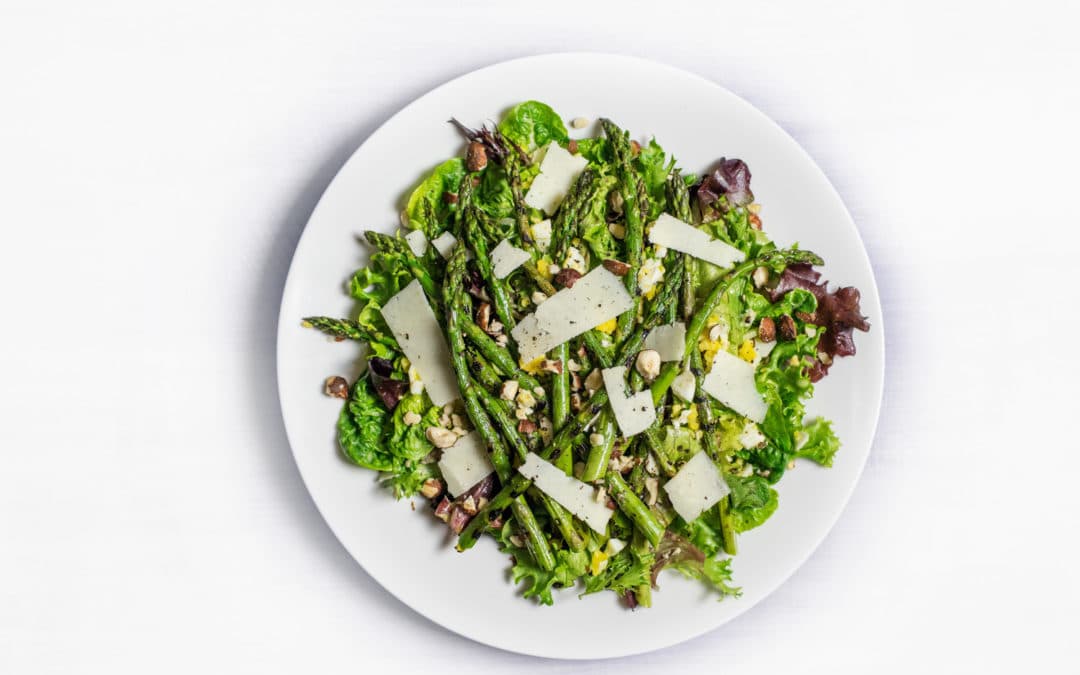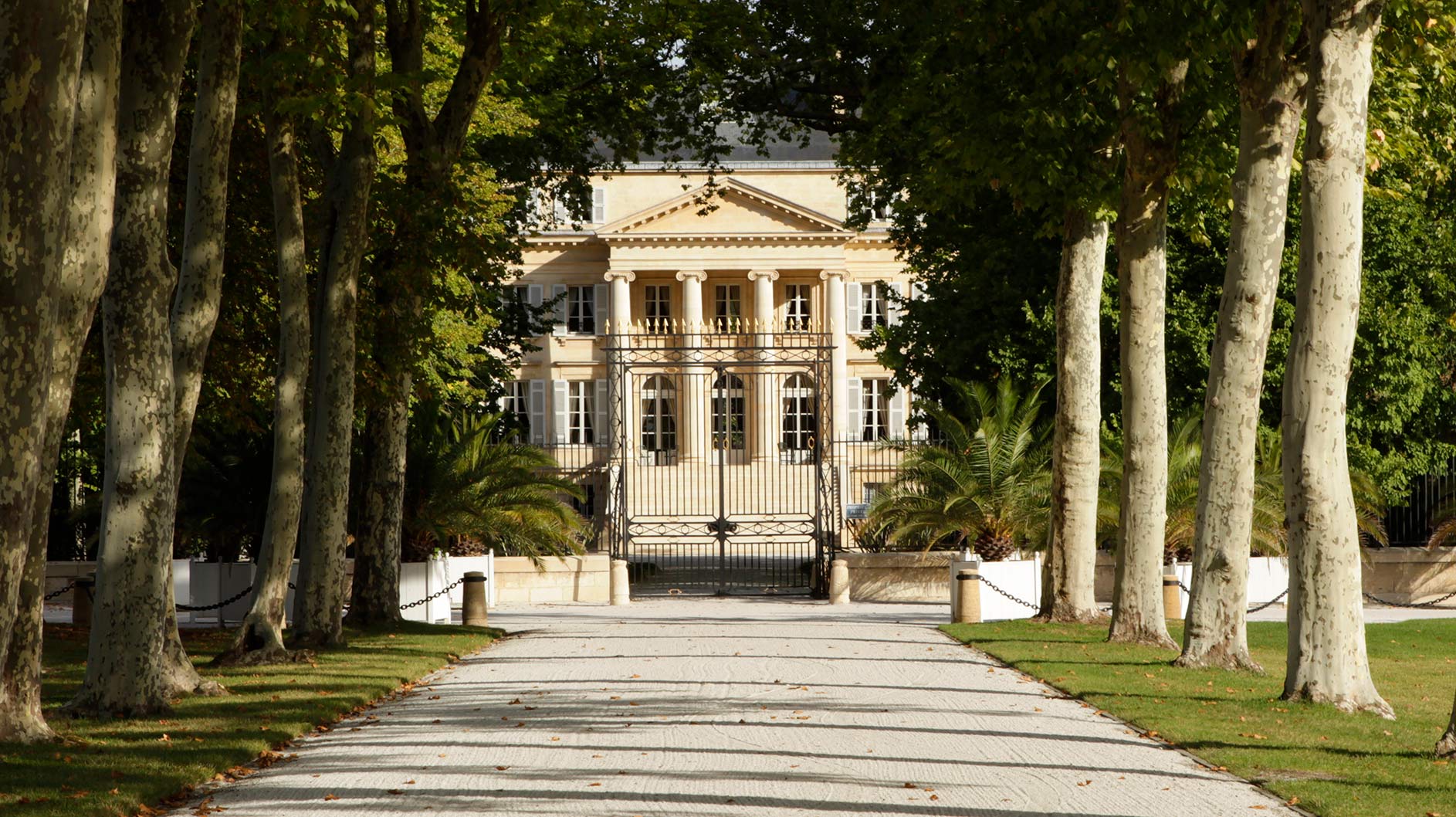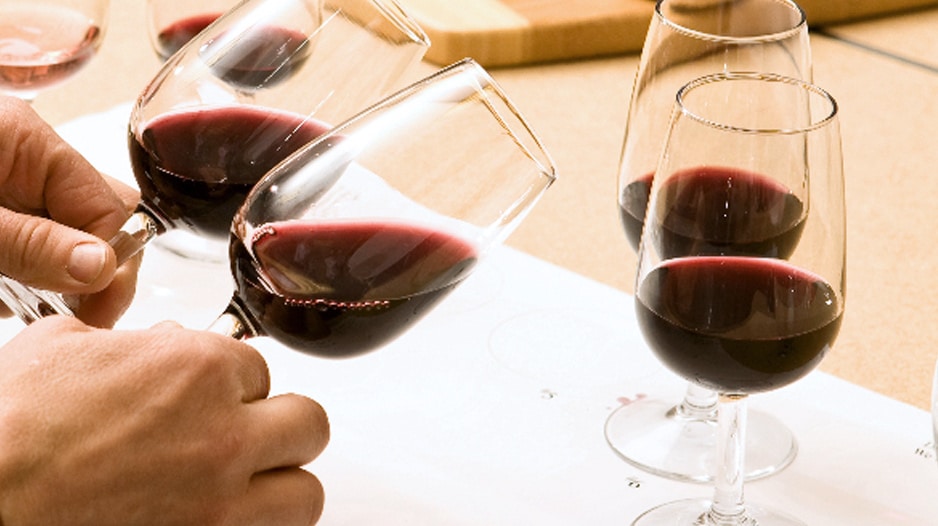Green vegetables, you know: snow peas, artichokes, asparagus, fiddleheads, kale, and broccoli, and more, all contain sulphurous compounds that can negatively alter the taste of wine. Now, if I am honest, the reason for this remains the intellectual property of those wonderful boffins with PhDs in chemistry, dawning white coats in quiet labs working through life’s great molecular mysteries, and is certainly well outside of my mere mortal scientific understanding. The gist of this sad reality remains that these compounds will make bitter food taste more astringent; acids will become flatter; and saltiness, well, that might just be gone completely. It is for this reason that your asparagus still tastes strongly like asparagus no matter how much salt, butter and grated parmesan you have on top.
As our dear friend Kermit the Frog once refrained, “it ain’t easy being green”. Or, is green a new golden opportunity to explore a range of wines that might otherwise have gone unnoticed on retail shelves and restaurant menus? Perhaps it is this seeming gastronomic dilemma that opens a vinous door to a whole new world of lesser known grape varieties. So, head to your nearest wine shop for a bottle of Gruner Veltliner, Scheurebe, or Verdejo.
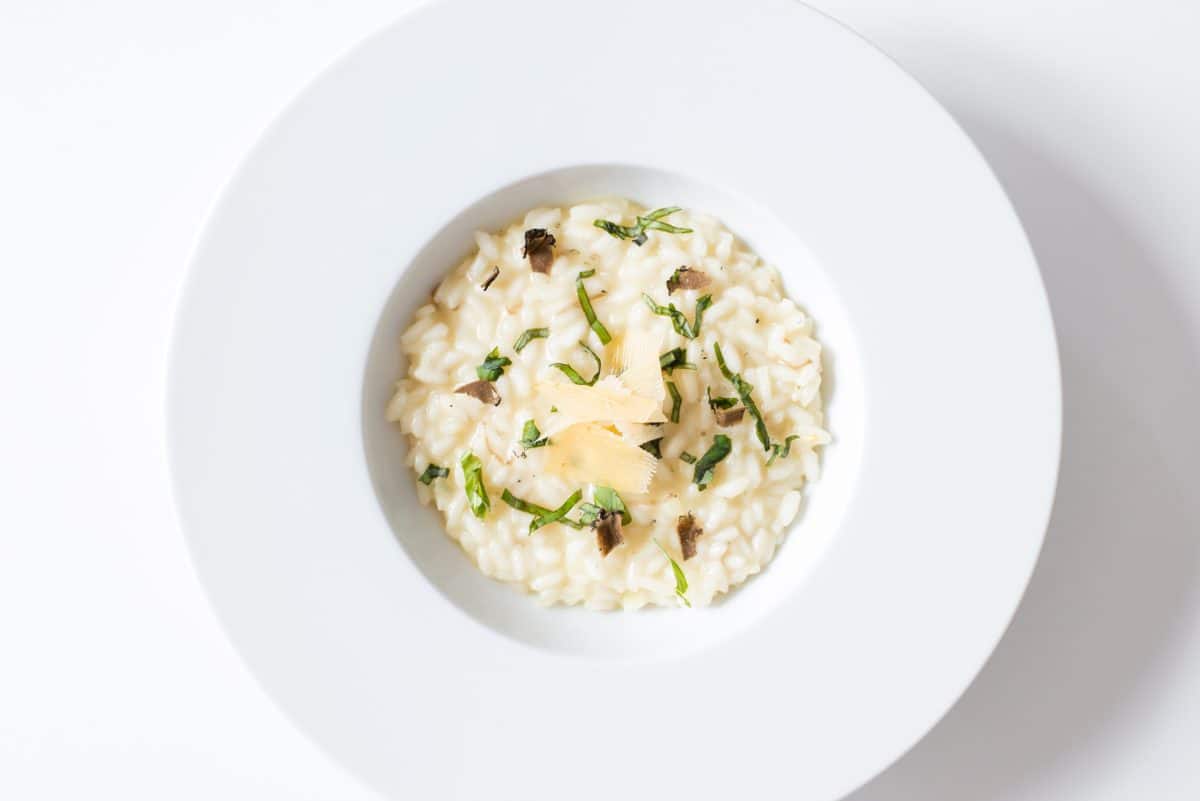
When it comes to pairing wines with dishes focused on these flavours, there appear to be two prevailing schools of thought: opposites attract or lean into the green/ The former suggests that even the slightest hint of green in your wine will exacerbate verdant flavours and should, therefore, be avoided. The latter, my preferred choice, suggests that green and green are golden. Take this as an opportunity to embrace those snappy, fresh flavours along the emerald path by accentuating them and creating a whole new depth and appreciation of those beautiful spring tastes.
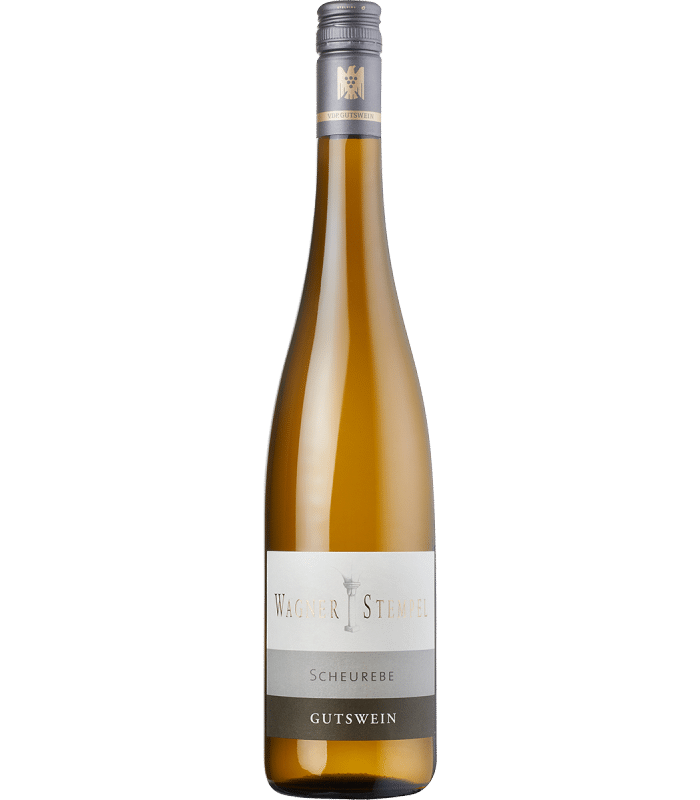
Of course, this is just a starting point. Next time you are making a salad or lettuce wraps, think about those complementary flavours in your wine and go for green!
2017 Wagner Stempel Scheurebe – $28
